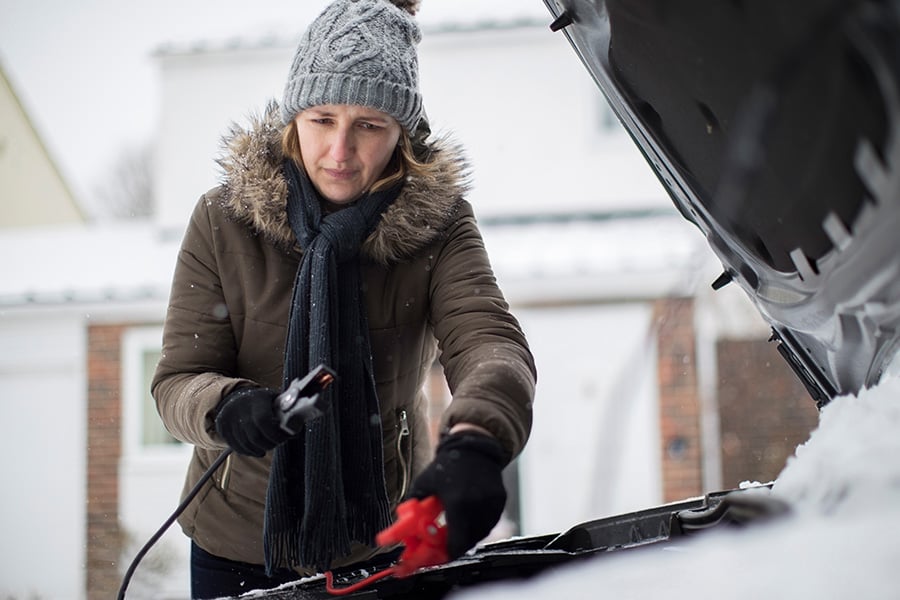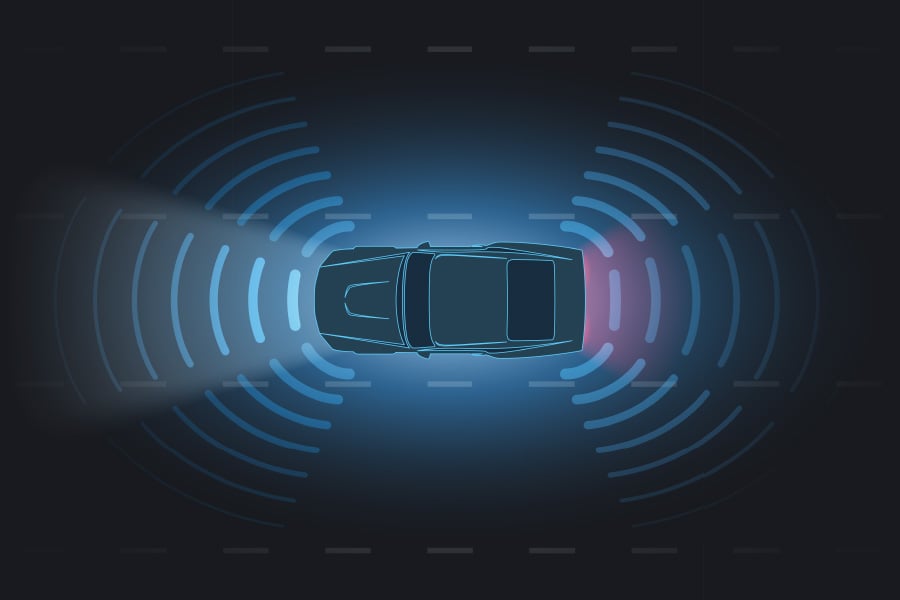Auto Industry Hard at Work on Autonomous Vehicles

Car companies, tier-one suppliers, technology companies, universities, other researchers and ride-sharing businesses are all racing to develop autonomous vehicles and related components. Some experts predict we will see self-driving vehicles as soon as 2020, and the pace of change is so rapid that automakers are teaming with other companies to speed development. They are also purchasing autonomous vehicle technology startups, and investing in ride-sharing companies to preserve their relevance in the event vehicle autonomy has a significant effect on vehicle buying patterns. Here’s a quick look at what’s happening with some market leaders:
Ford – After working on automated car technology for more than a decade, this major automaker expects to have a fully autonomous vehicle in five years. By the end of 2016, Ford expects to triple its fleet of autonomous Fusion hybrids and test them in three states.
GM – GM plans to release its Super Cruise semi-autonomous technology on the Cadillac CT6 sedan in 2017. Earlier this year, GM paid $1 billion for technology startup Cruise Automation to boost its own efforts. It also invested $500 million in the ride-sharing company Lyft, becoming a preferred supplier of cars for its drivers today, and likely delivering autonomous cars to the company in the future.
Tesla – This electric-car company has said it may offer Level 4 autonomous vehicles as early as 2018, but a recent fatality in a Model S operating on Autopilot may affect those plans. Development goes on, and the latest vehicle software update (version 8.0) includes major enhancement to Autopilot.
Google – This Silicon Valley stalwart launched its first self-driving car in 2009 and has said it will have a fully-autonomous vehicle finished by 2020. Google has logged more than 1.7 million miles in modified production vehicles and custom-designed, low-speed electric cars assembled by Roush Industries. Going forward, it is unclear whether Google plans to build its own cars or partner with existing car makers. It’s speculated that Google parent Alphabet Inc. has spun off the self-driving car project into its own business unit to launch a car-sharing service that would to compete with Uber.
Uber – The ride-sharing giant expects to have autonomous vehicles in its fleet by 2020, and is both developing its own technology and partnering with others to get there. The company opened an R&D facility in Pittsburgh in 2015 and is testing self-driving cars there. It also partnered with the University of Arizona on mapping and optical sensor technology, and Toyota to help Uber drivers lease vehicles at preferred rates. Most recently, Volvo has put several fully-autonomous XC90 SUVs into Uber’s fleet and the companies will collaborate in evaluating their performance.
Q&A on Self-Driving Cars
Greg Brannon has a bird’s eye view of advancements in autonomous vehicles. As AAA’s director of automotive engineering and industrial relations, Brannon manages the tests AAA runs on advanced driver assistance systems (ADAS) such adaptive cruise control and automatic emergency braking, which are precursors to fully-autonomous cars and trucks.
Here’s what Brannon has to say about where autonomous vehicle technology is today, its safety and security, and issues that will need to be addressed before automated self-driving cars hit the highway. His comments have been edited for length and clarity.
What cars of today are most likely to become autonomous vehicles?
Electric cars are an easy platform for autonomous vehicles because they are already equipped with electric throttle, steering and braking controls. It’s more challenging to electrify the steering of a Suburban to make it autonomous. Plus, automakers think electric autonomous vehicles will be more appealing from an environmental aspect.
What’s the connection between advanced driver assistance systems and self-driving cars?
Advanced driver assistance systems are the building blocks toward autonomous vehicles. By driving cars with ADAS, consumers are testing autonomous vehicle technology on the roadways today, they just don’t realize it.
How road-worthy is the current technology?
Some vehicles with adaptive cruise control, automatic emergency braking and lane-keeping assist can more or less drive themselves under highway conditions. However, you need to keep your hands on the wheel because the systems will shut off if you don’t remain engaged. That said, we’ve tested many of these systems and haven’t found one that works in all situations or to a level that I would be comfortable to use without constant monitoring. Systems sometimes fail to see objects in the blind spot, or maintain proper lane position. And, in our latest tests of automatic emergency braking systems, some worked well but others drove right through the target car.






